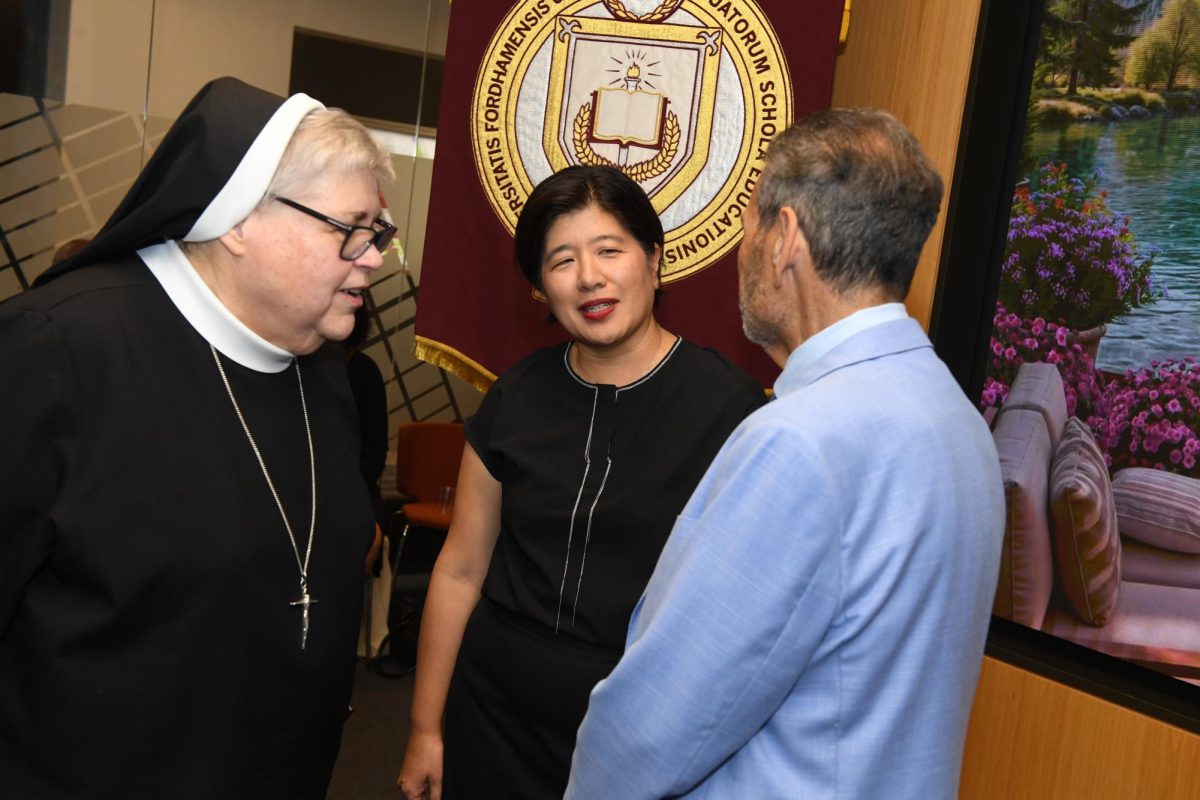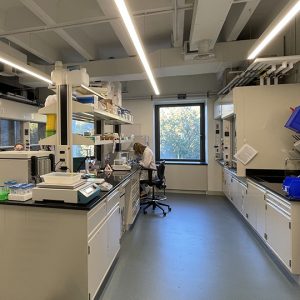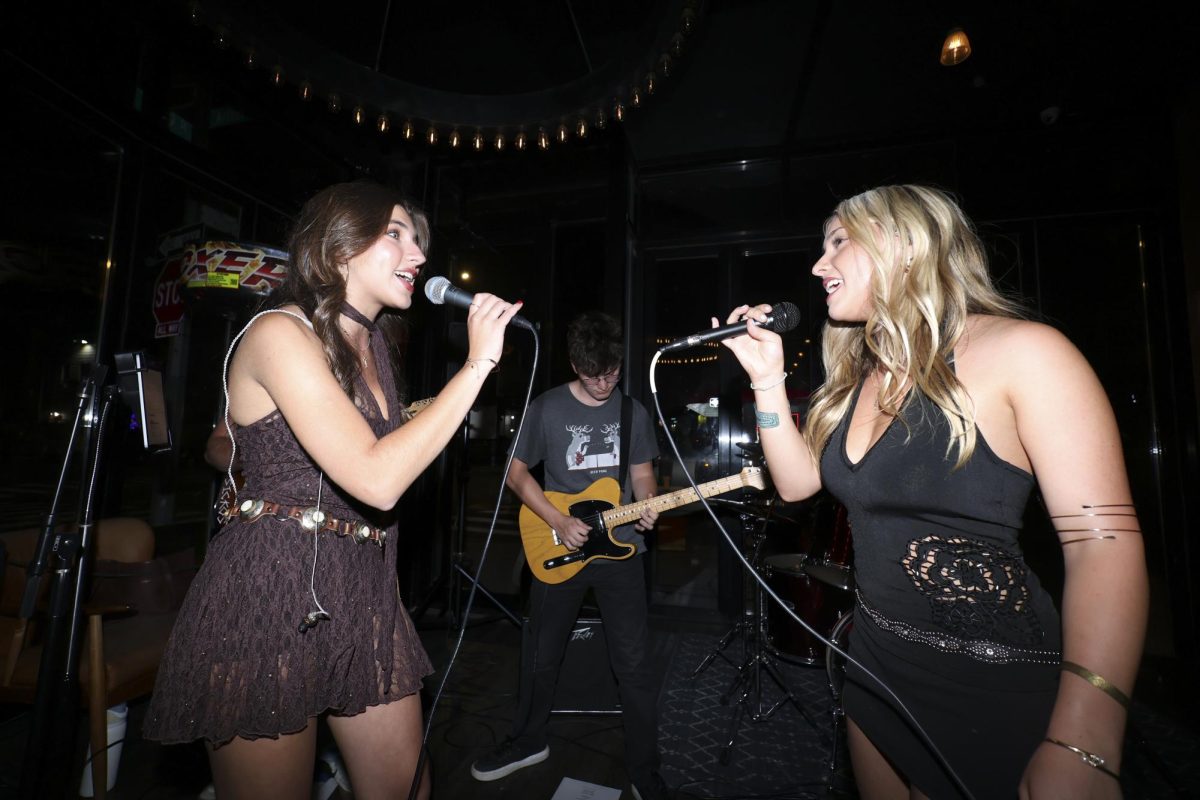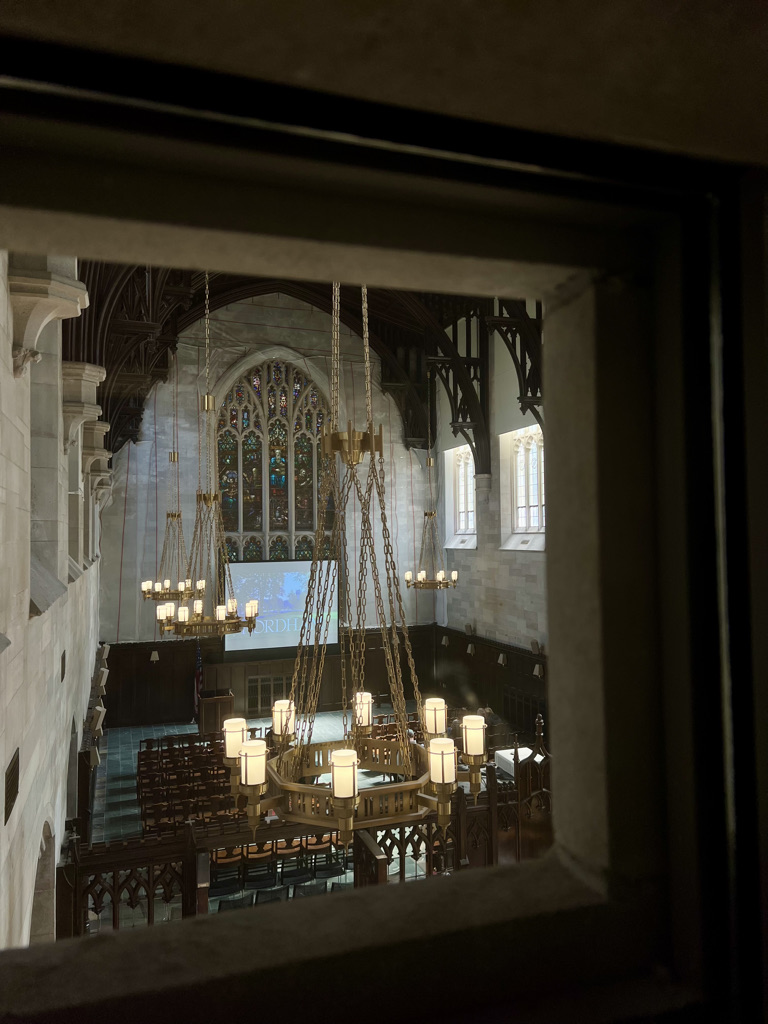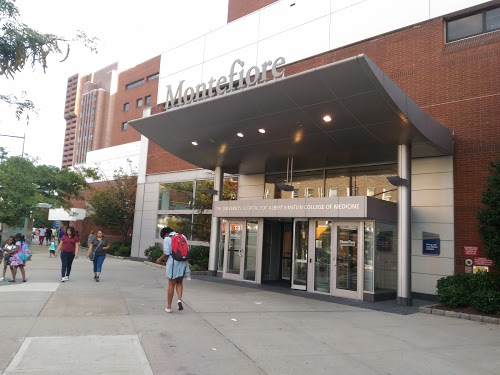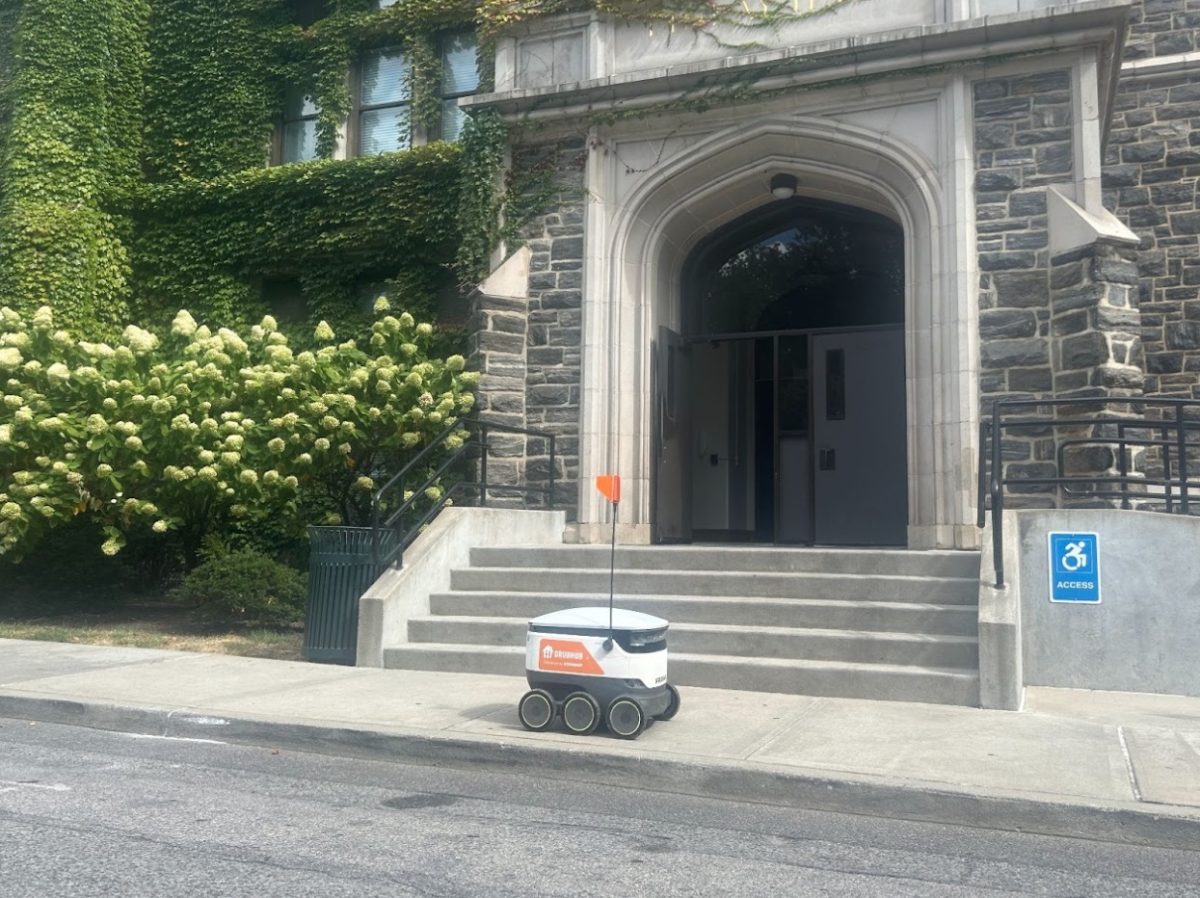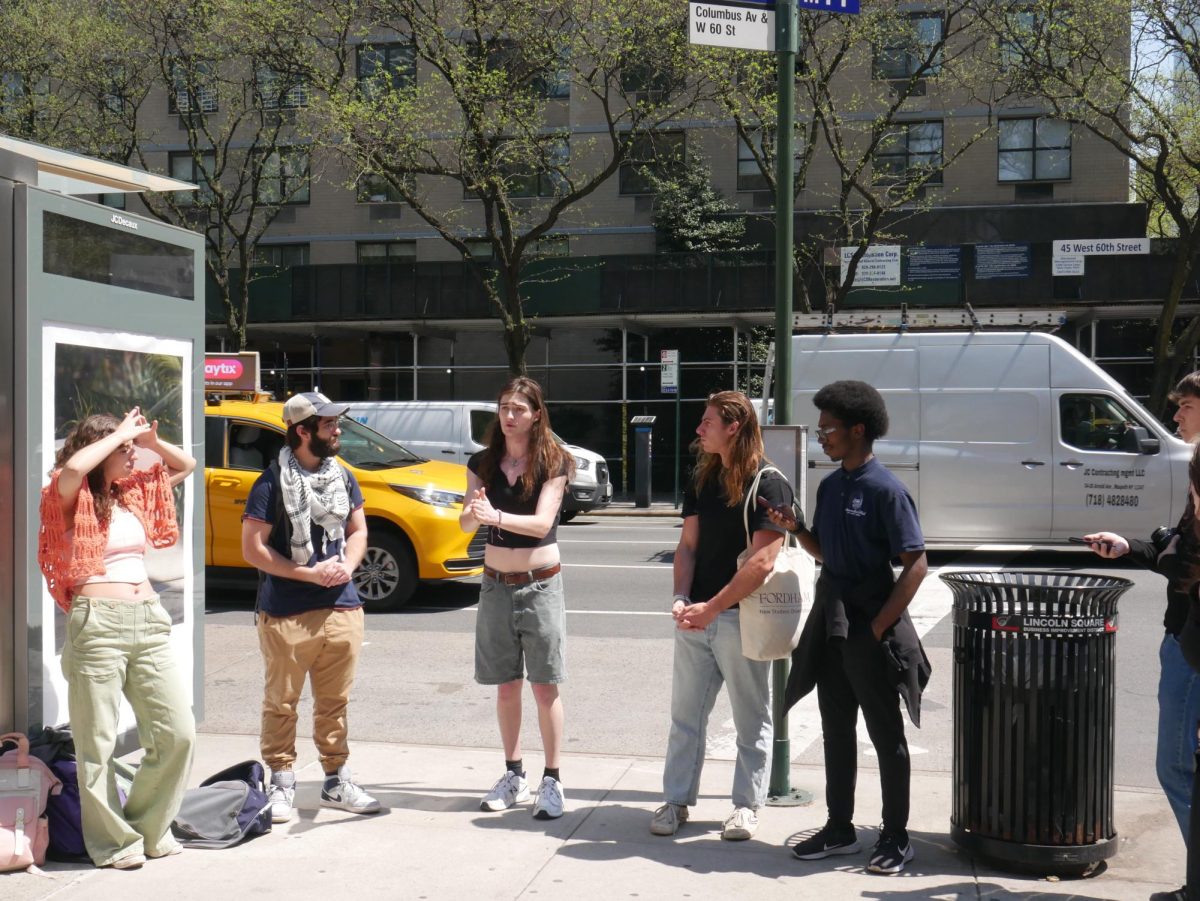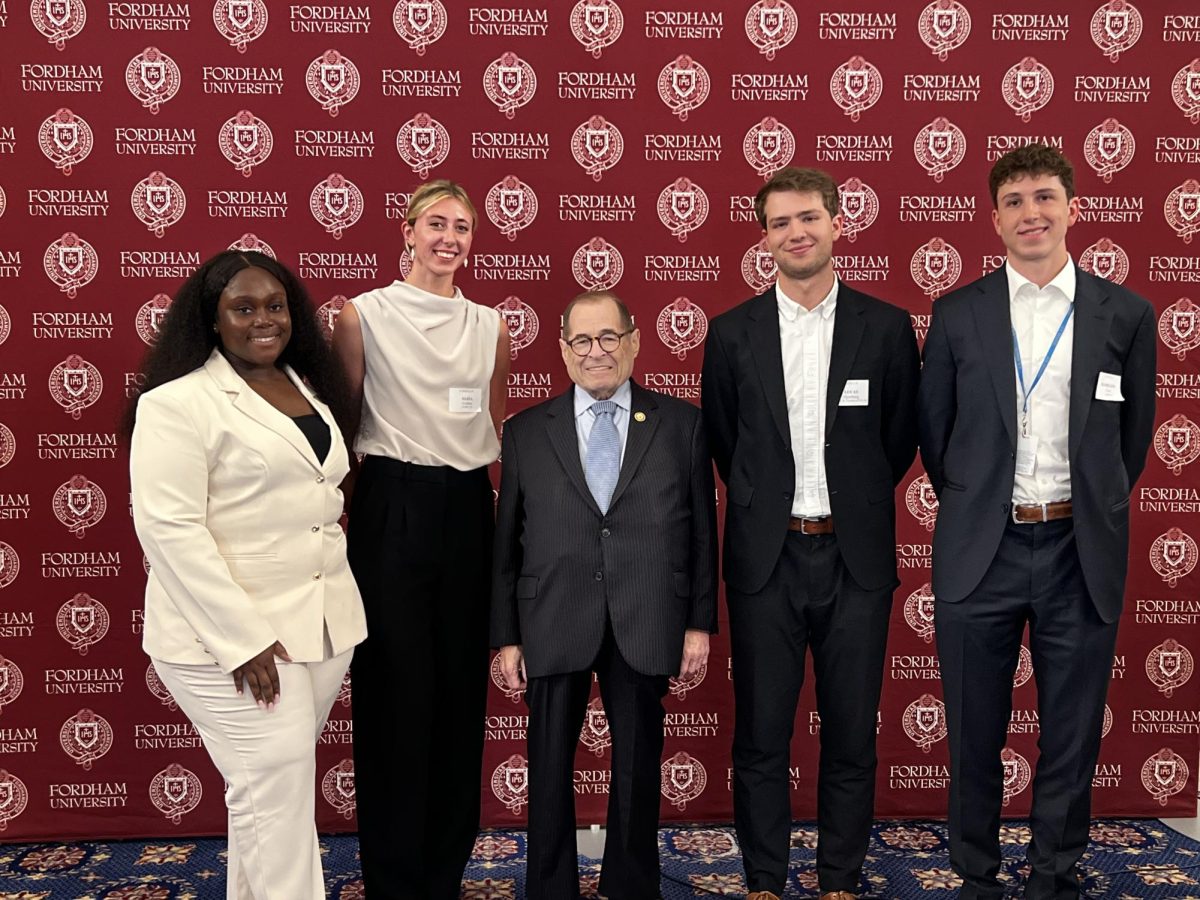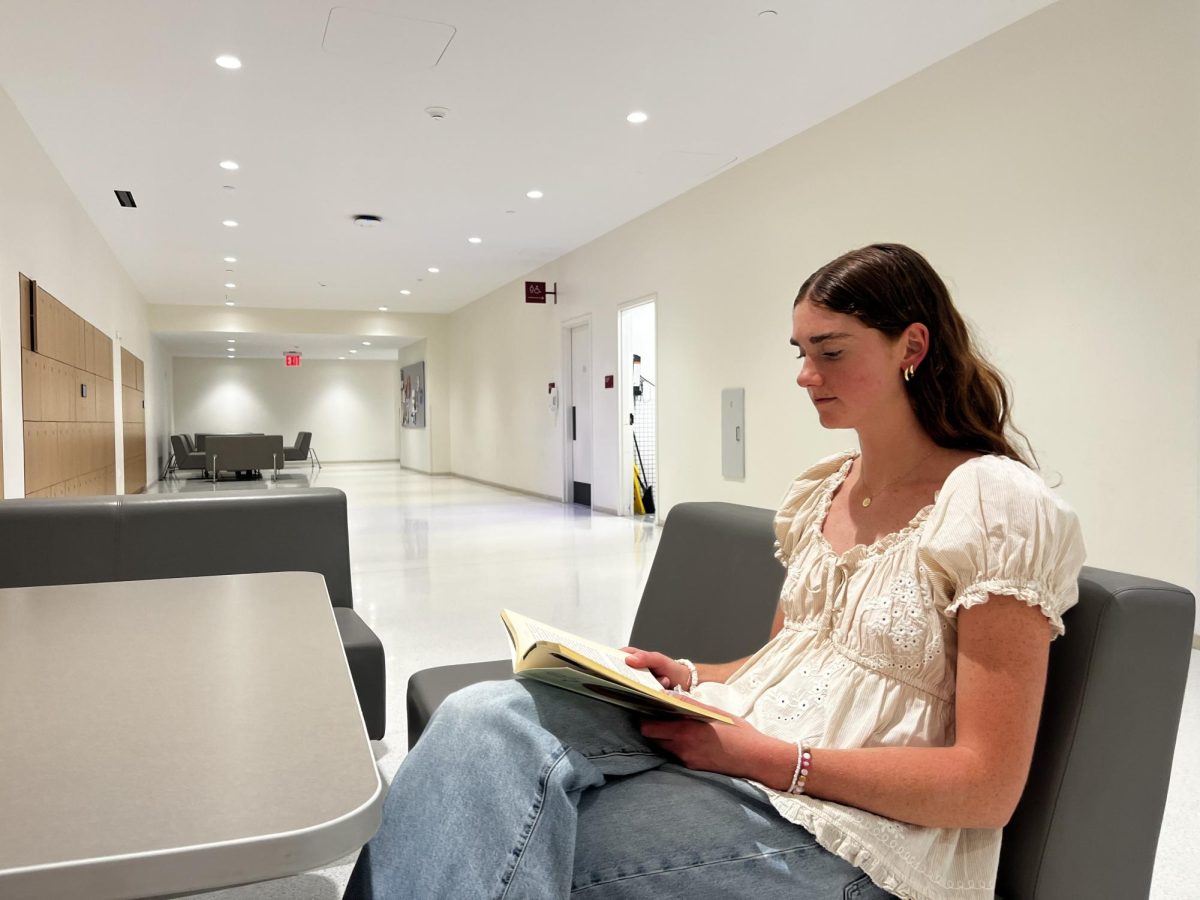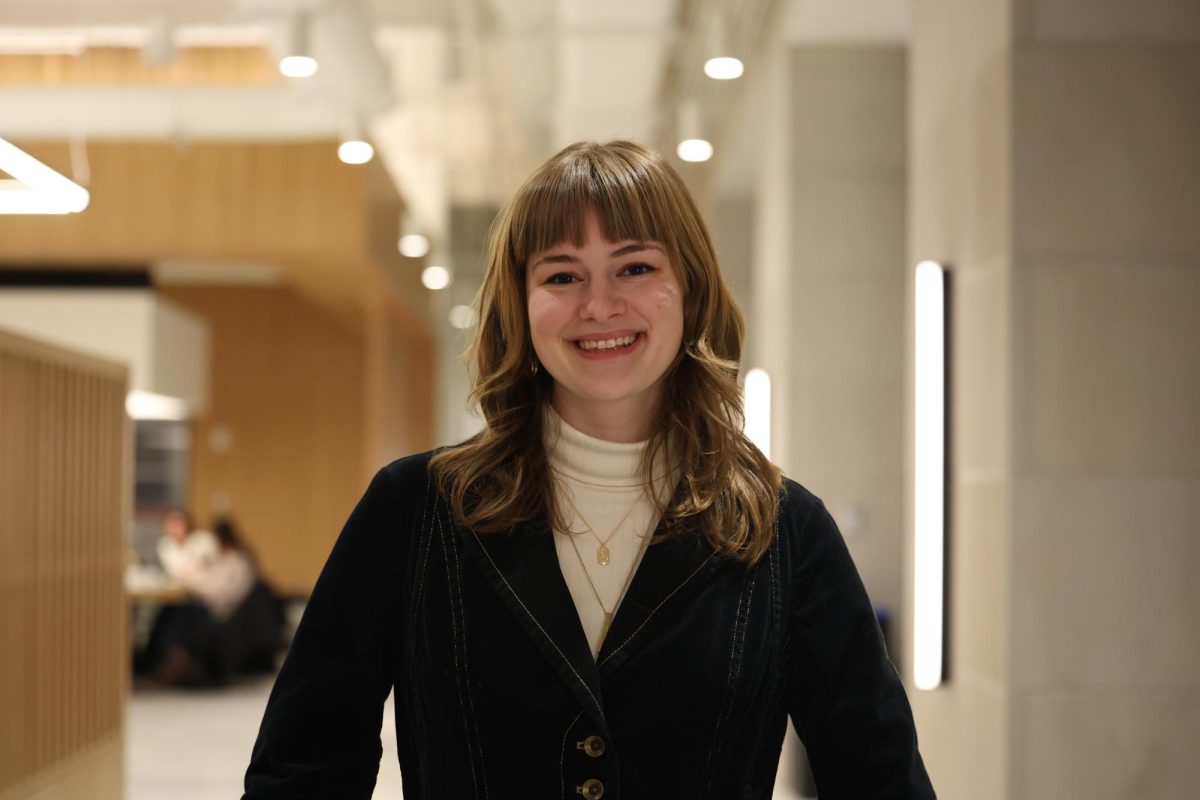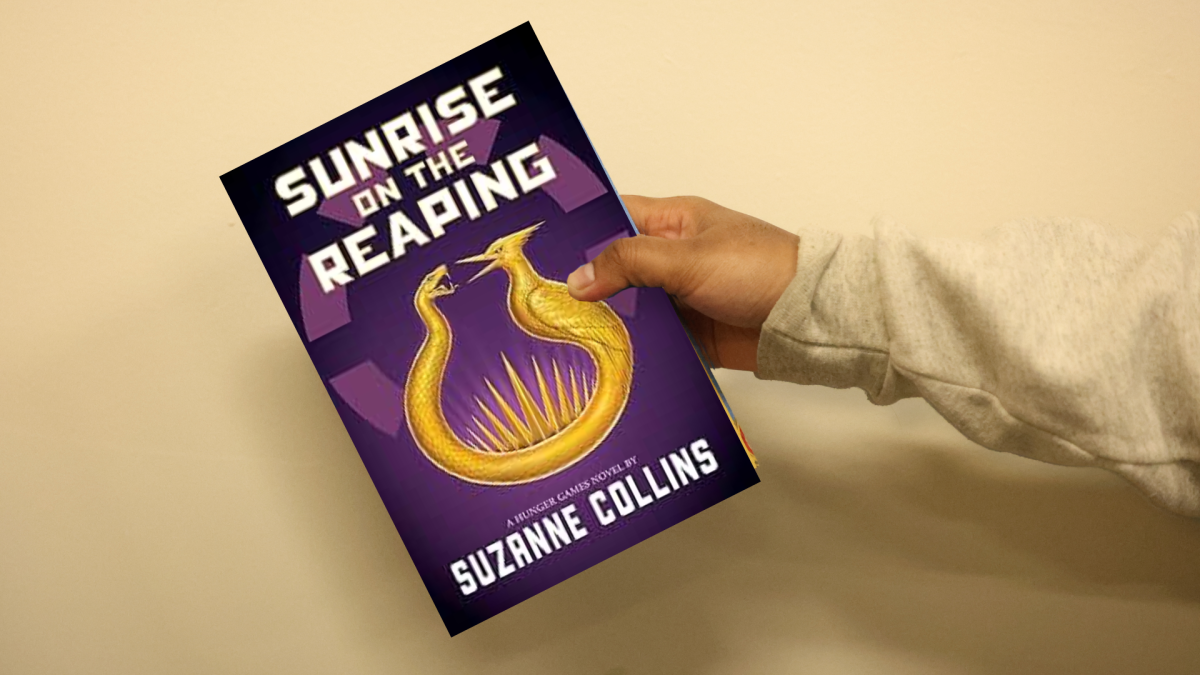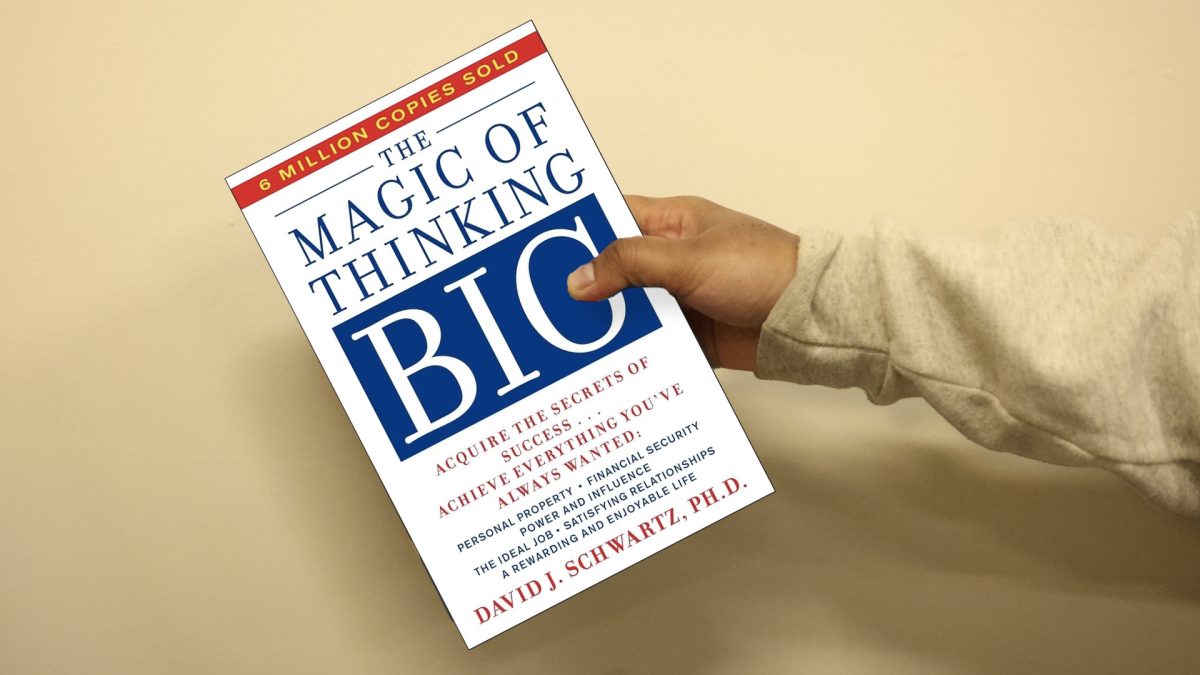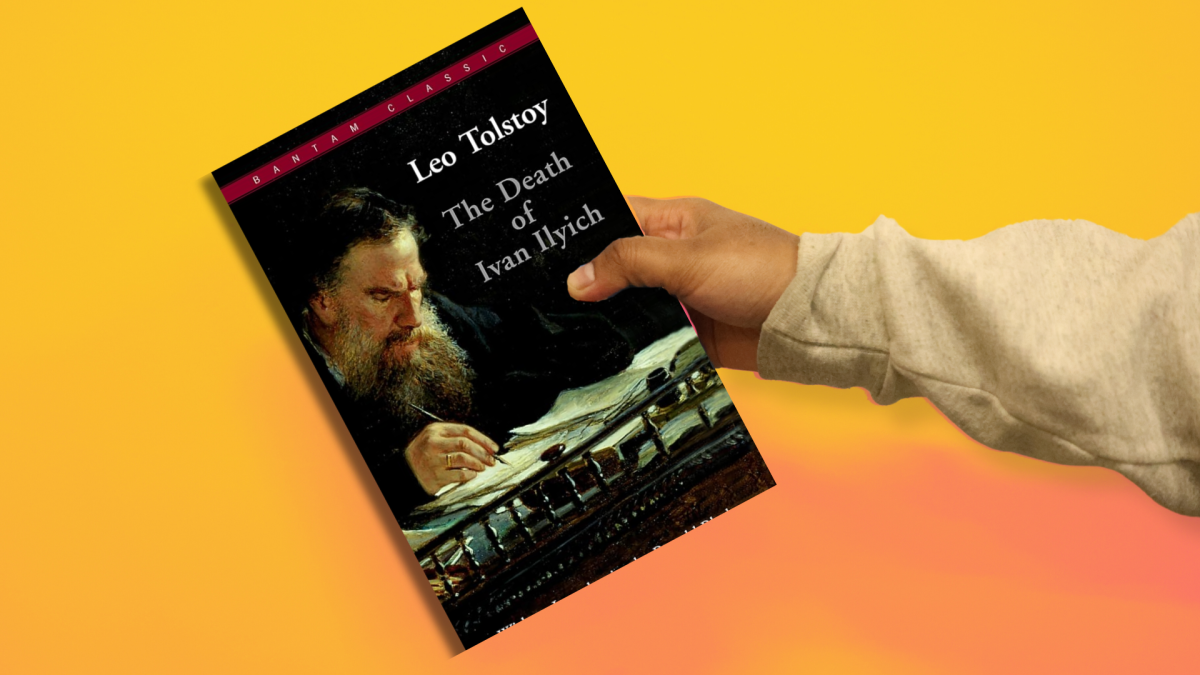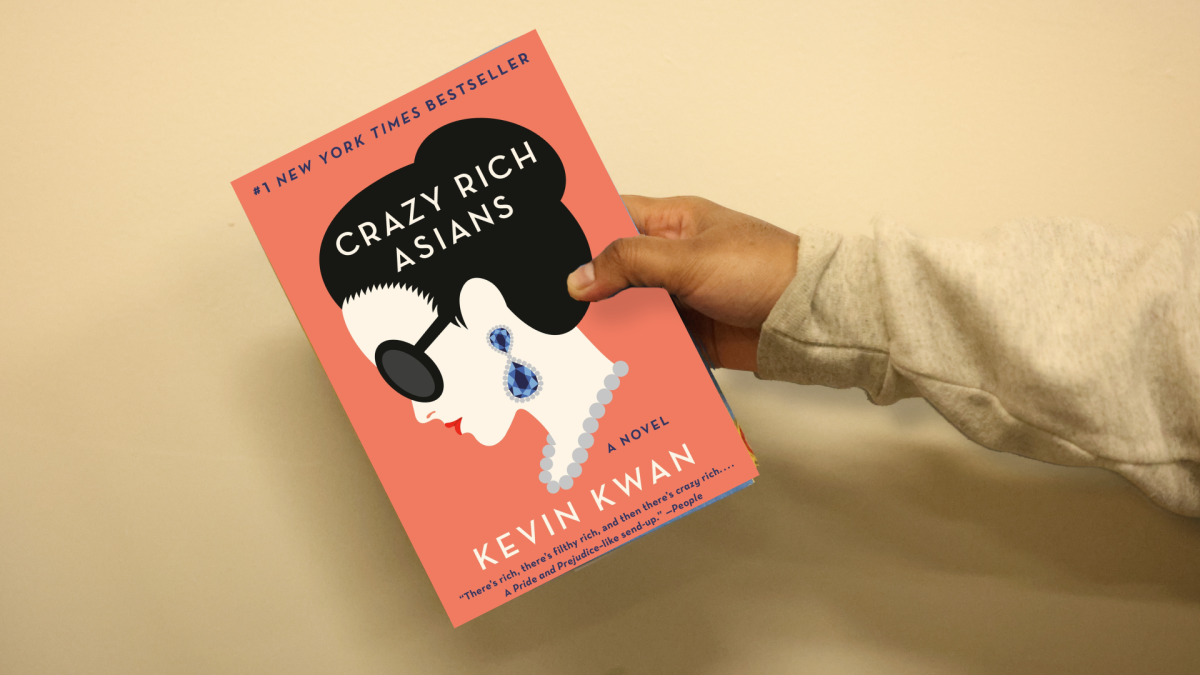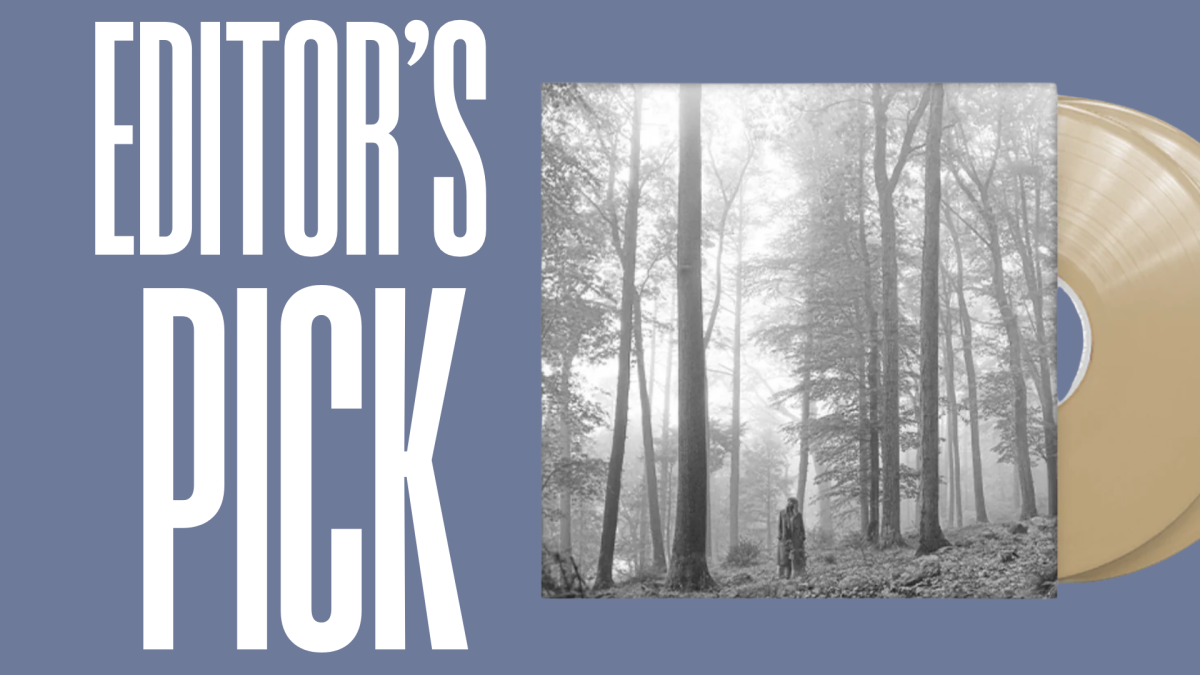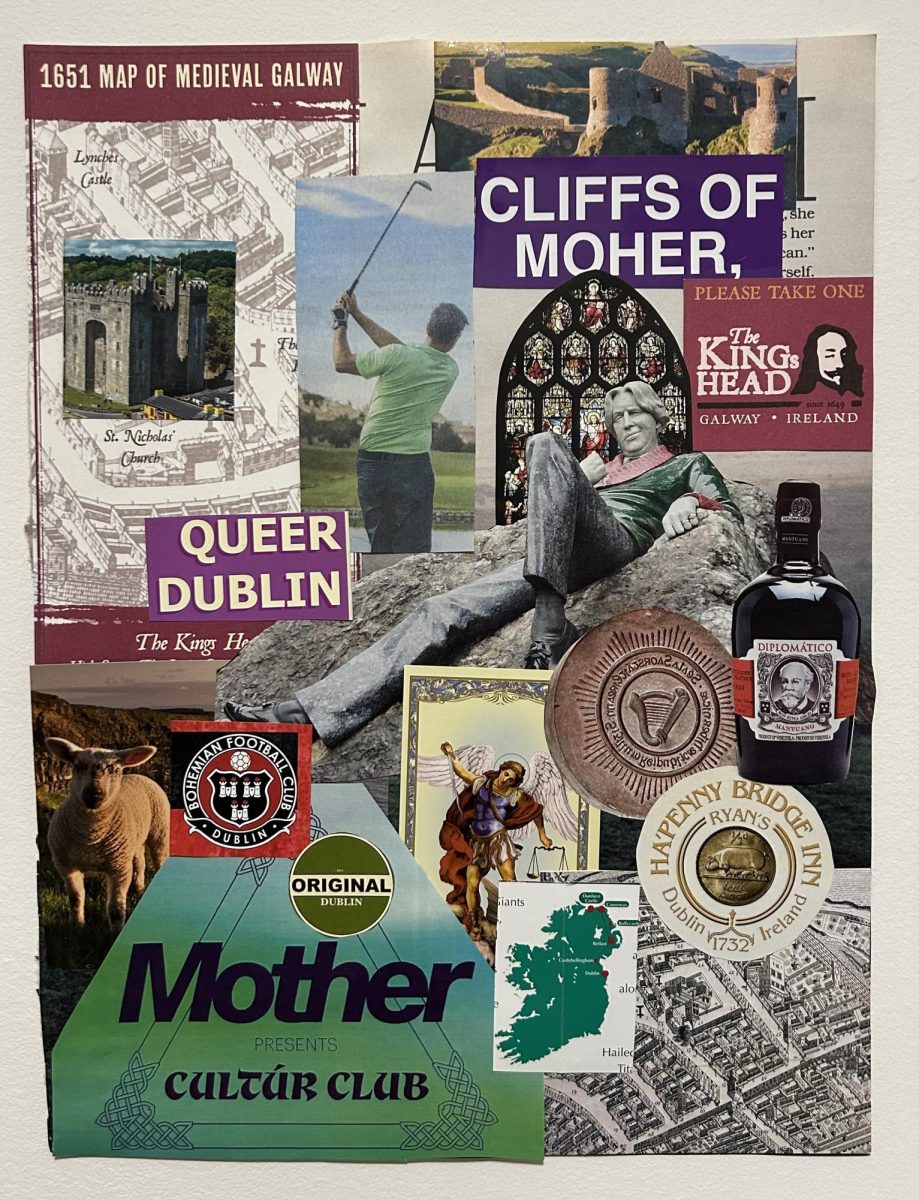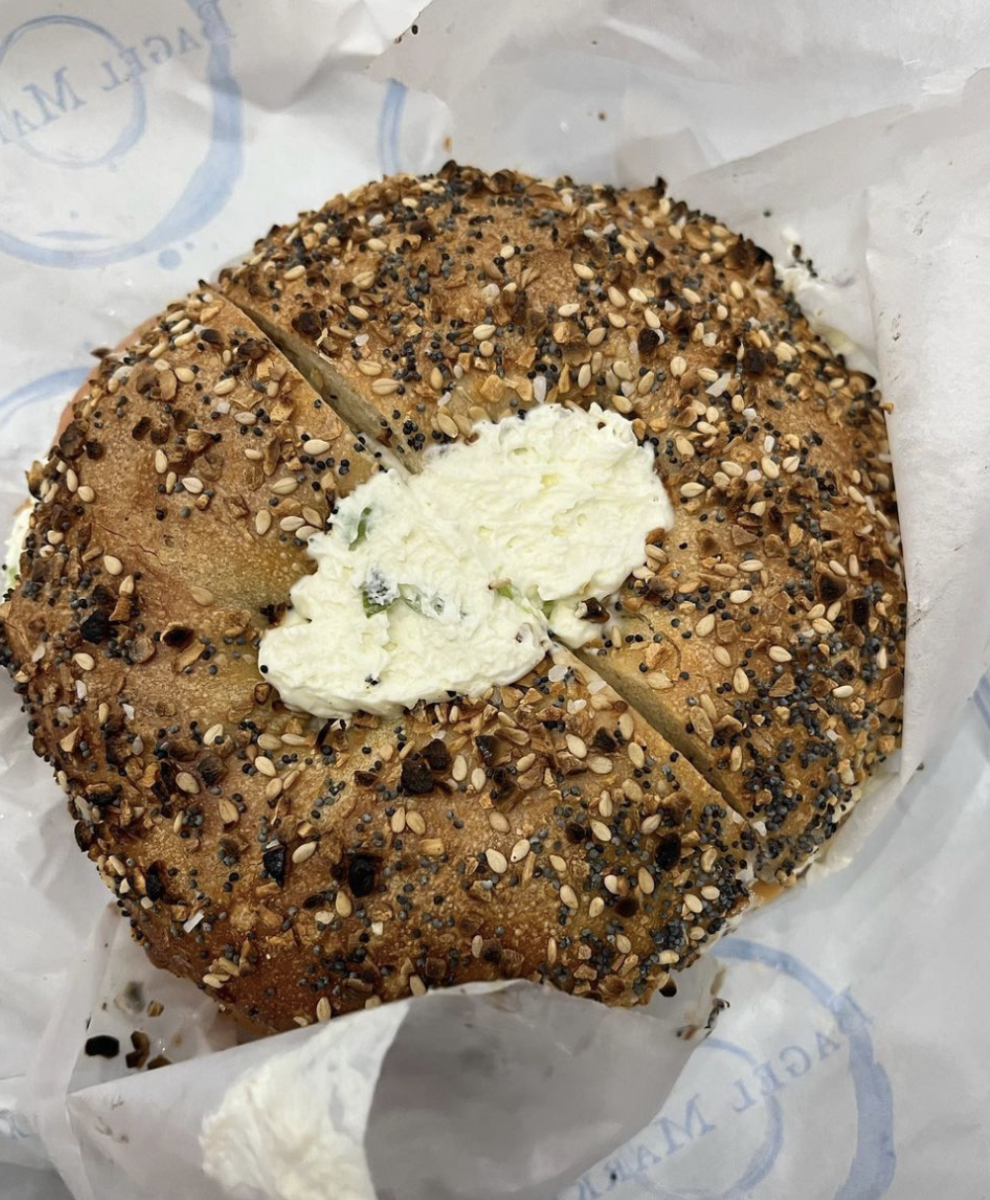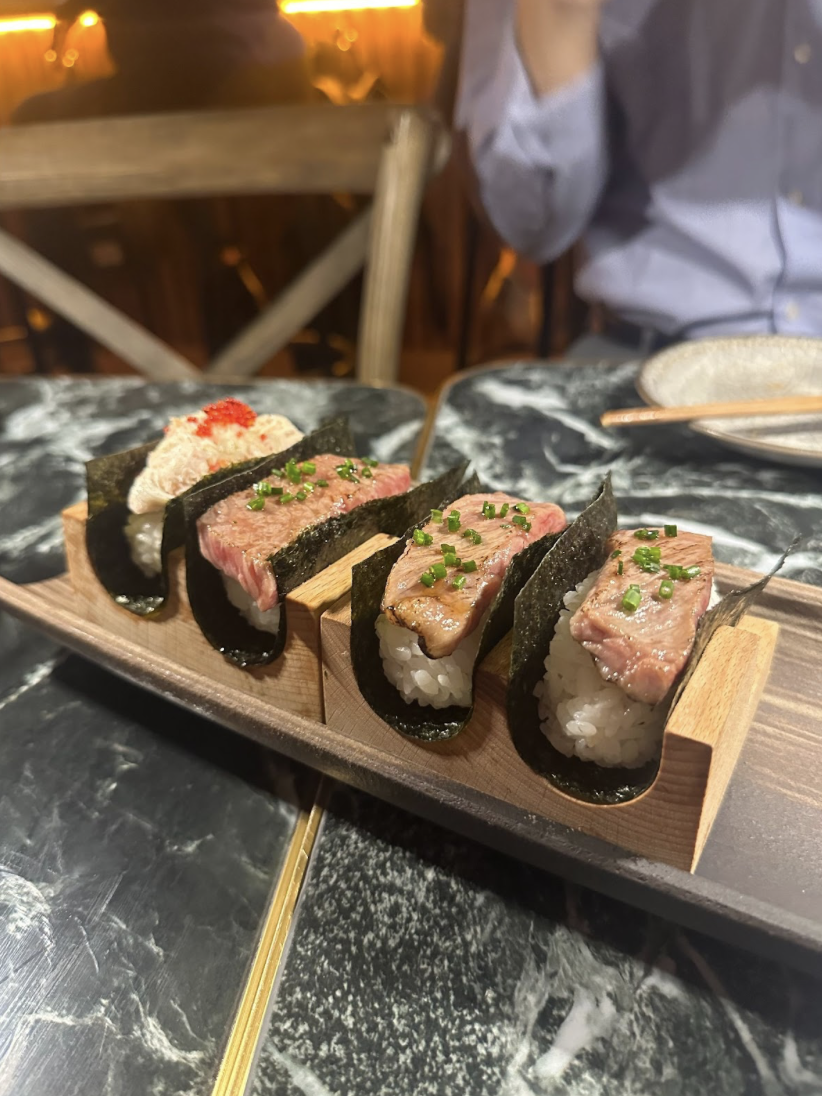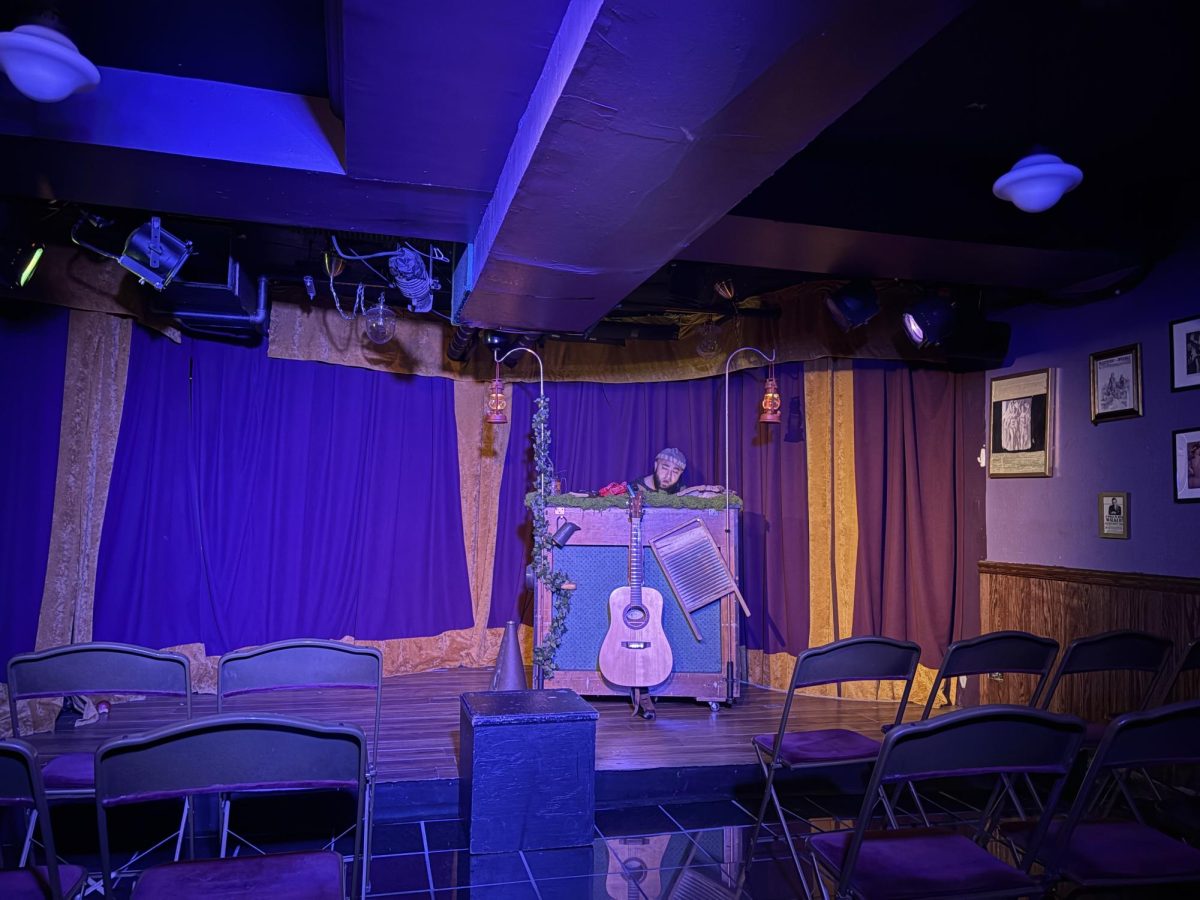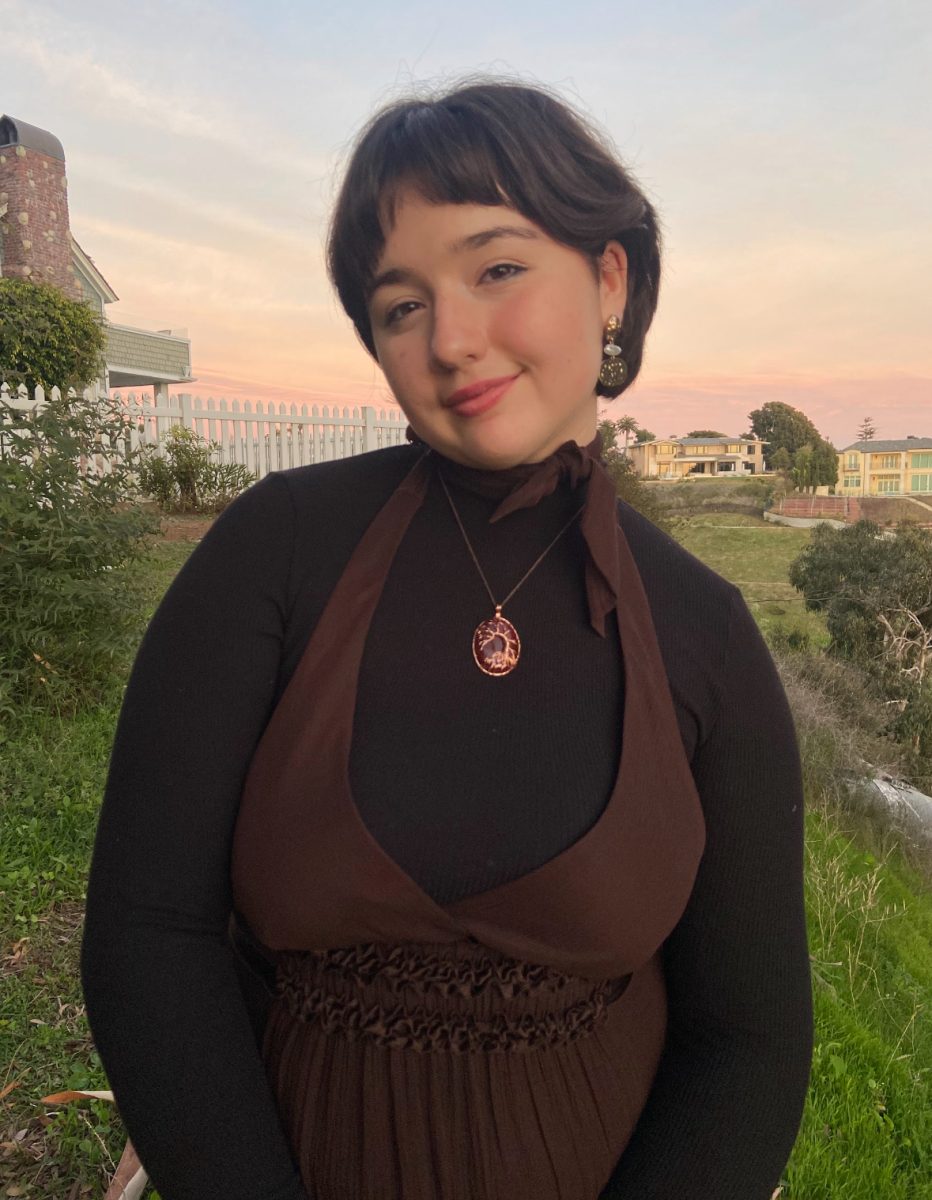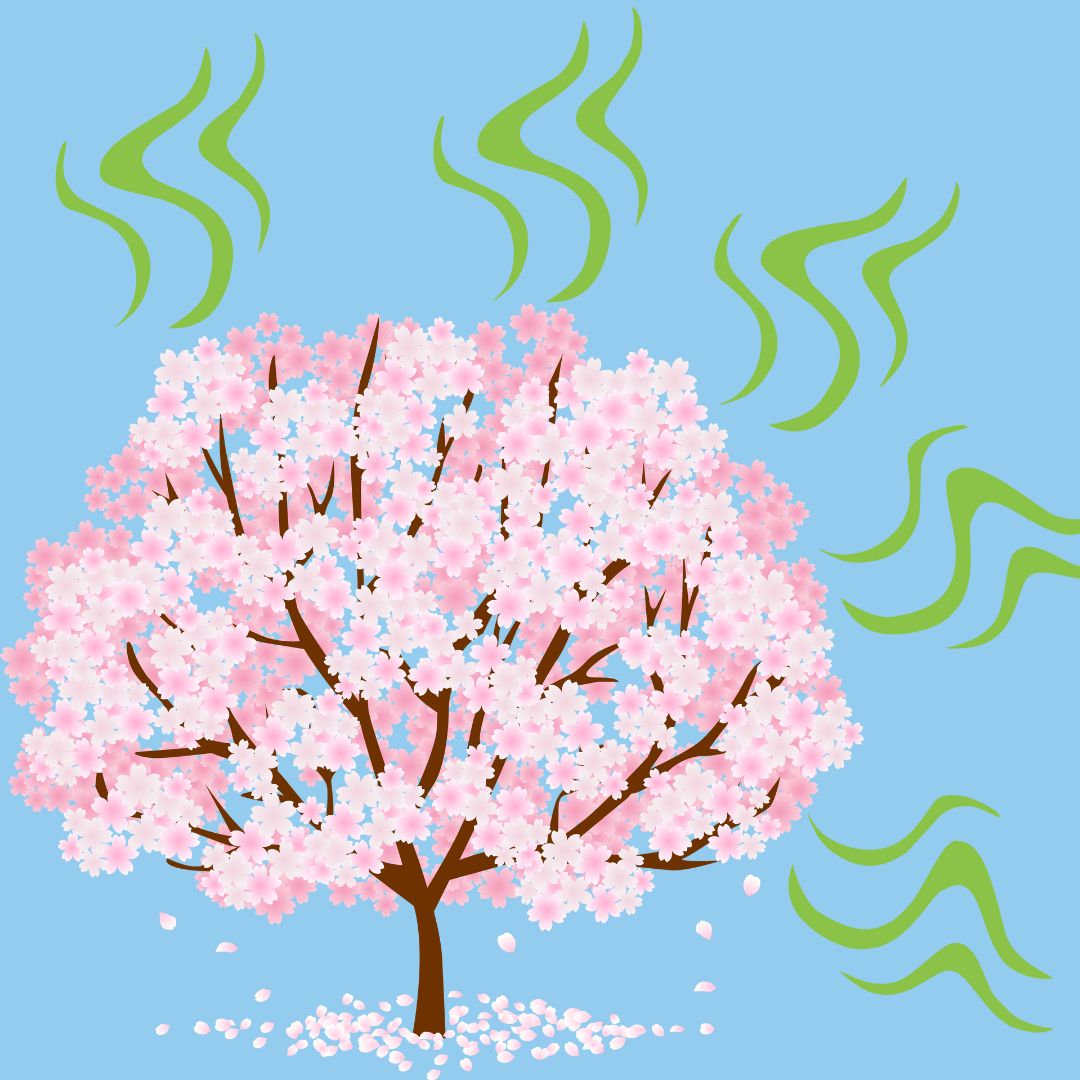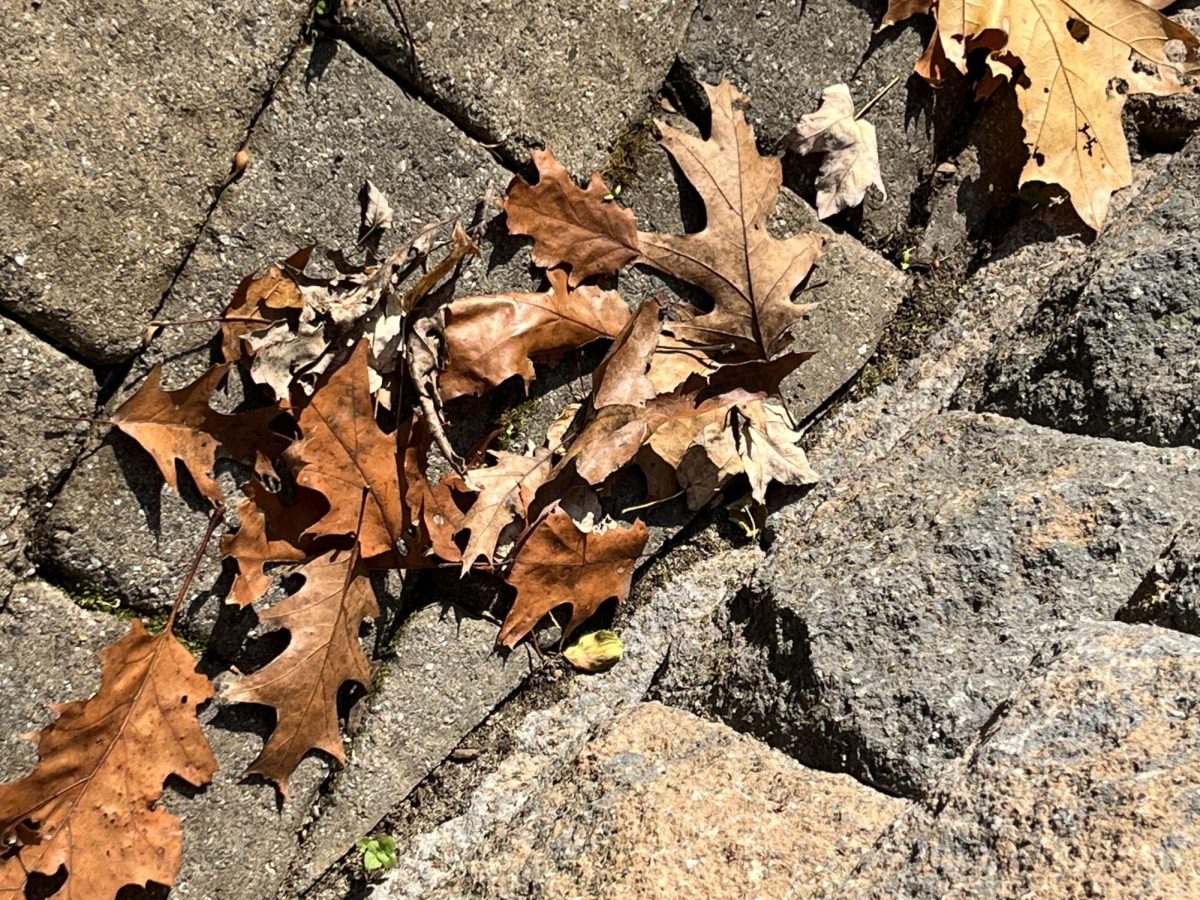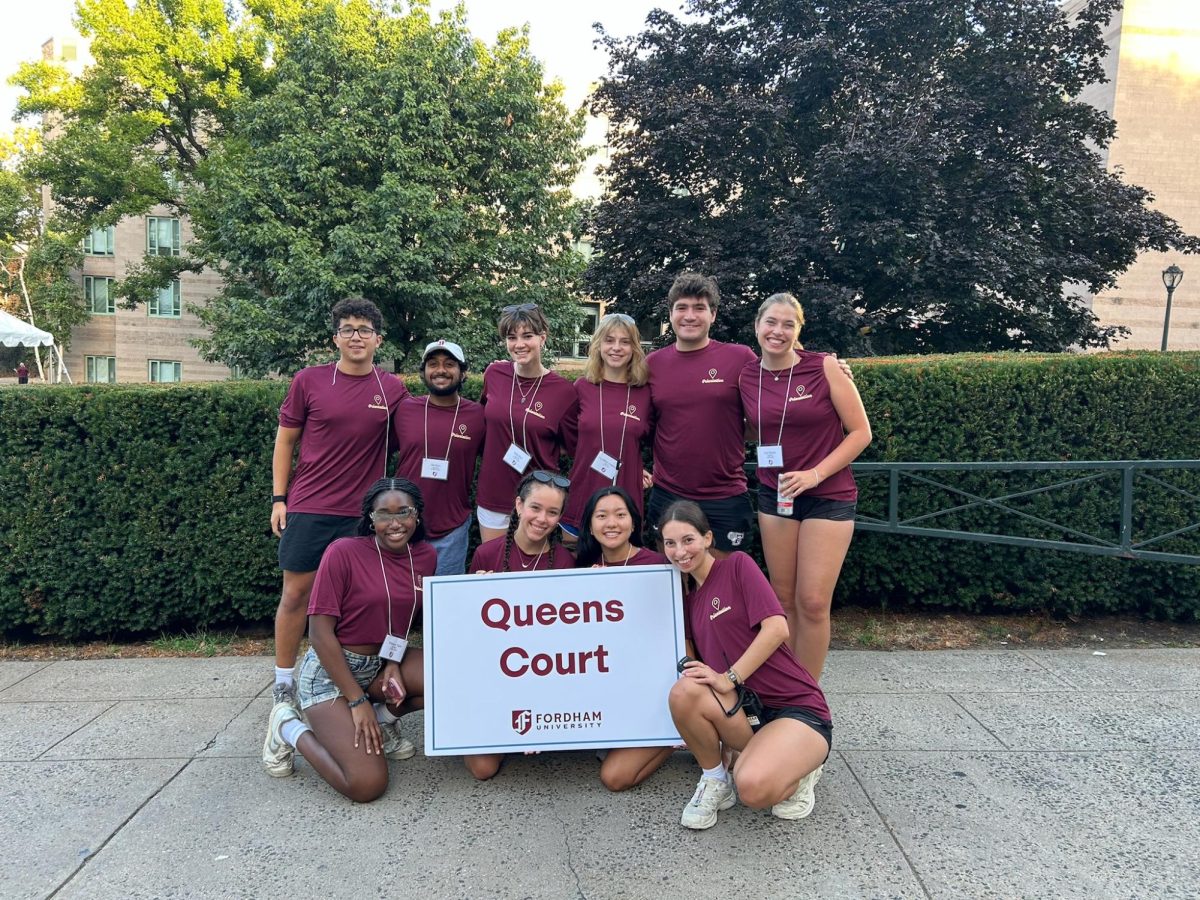Have you walked along the cobblestone pathway in front of Walsh Library in the past month? If so, I’m guessing you have wrinkled your nose or attempted to hold your breath as you crossed the few meters of that path littered with a certain yellow substance smushed into the cobblestone crevices. And I’m sure that in the brief 10 seconds it took you to walk over it, unless you dramatically walked around it on the grass instead, you found that it had ruined your mood.
I am typically against deforestation or the destruction of our environment in any form. But recently, I have found myself contemplating such actions when it comes to a certain tree in front of our beloved Walsh Library. The tree in question is infamous on campus for heavily dropping its odorous yellow fruit onto the cobblestone, which in turn gets squashed and produces a revolting scent that most Fordham University students are unfortunately familiar with. A scent so disgusting that it could probably solve the New York City rat epidemic if it were weaponized in rat traps.
Our culprit is the ginkgo tree, a member of a group of ancient plants believed to have inhabited the earth up to 150 million years ago. Fordham’s ginkgo tree is nestled in front of the library, overarching the pathway from Larkins to Walsh Library.
The “fruit” that sits squashed like vomit on the library’s cobblestone pathway is actually the result of the ginkgo tree going through its reproductive cycle. Female ginkgo trees like this one “produce tan-orange oval fruits that fall to the ground in October and November.” All scents considered, I can only pinpoint my anger of the tree to the fact that I feel like my nose is being punished every time I make my way to the library with what can accurately be described as a vomit-adjacent stench. Talking to my peers, much of the Fordham community shares my frustrations, and it makes me wonder, why has this tree not been chopped down yet?
Turns out, the ginkgo tree has been torturing the noses of Fordham students for decades. According to a November 1999 article in The Fordham Ram, “This putrid odor . . . was actually produced by the seeds of ginkgo trees outside of E-House, similar to the ones causing the foul scent by the library.” Students have been dealing with this stench every October and November — as proved by this Ram publication — for at least 25 years. Why is that? Is it because students forget once the season transitions to winter? Are not enough students utilizing the library to notice? At this point, I think it is up to us students to band together to get this ginkgo tree off our beautiful campus. Wouldn’t it be great if my increased tuition went to something important? You know, like better food, working laundry machines or more urgently, getting this stinky tree off campus.
Even Martha Stewart has called the smell produced by the ginkgo tree “quite disagreeable.” Not only that, but the seeds within the fruit contain urushiol — the same chemical that causes poison oak, ivy and sumac. Thus, this fruit is poisonous and should be considered a hazard, as many students step on the fruit on the cobblestone with the same shoes we walk around in our dorms.
This tree is only 50 years old and can live for 1,000 years, so we owe it to all the future Rams to get rid of this tree so they won’t be plagued by its putrid scent every fall semester. An FCRH ’00 student in the 1999 Ram article noted the smell. “It smells absolutely nauseating,” they said. “I noticed it last year too and it usually gets to be especially unbearable during the autumn.” While our alumni might have failed us in taking action, it is our time to stand up and take a page out of The Oncelor’s book.
I propose that we replace the ginkgo tree with an American wisteria or even a cherry blossom — something that is equally aesthetically pleasing as it is fragrantly pleasing. Plus, when the blossoms descend upon the cobblestone, it will pay homage to the way the ginkgo tree’s fruit falls to the stone, which will remind Fordham how it has grown. Fordham’s Rose Hill campus is known for its beauty — let’s make sure it smells good too!
Hannah Johnson, GSB ’26, is a finance major from Medfield, Massachusetts.



